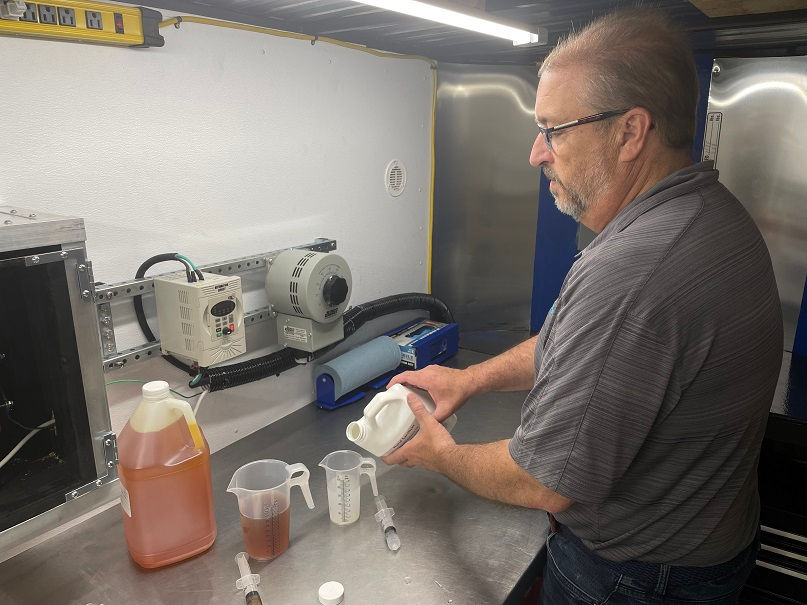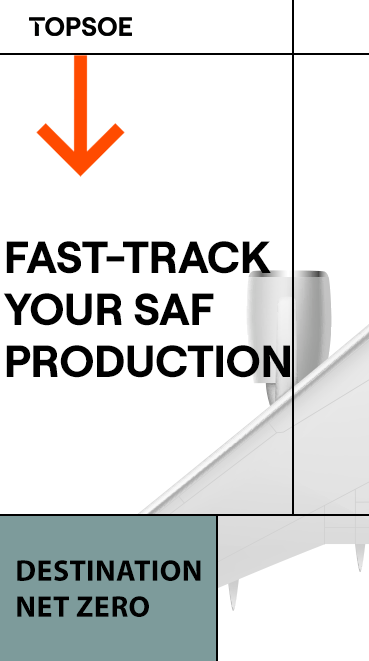Plasma Blue: Fuel’s Future
- Tom Slunecka
- Jun 29, 2024
- 3 min read

Leverage Plasma Blue technology to create the true trifecta of low-carbon liquid biofuel using not just one but two farm-based products—crop oils and ethanol—and renewable electricity.
Plasma Blue is a revolutionary technology that creates low-carbon biodiesel at significantly lower production costs while seamlessly integrating into existing renewable fuel plants or those being built.
With recent changes in U.S. federal and state policies, reducing the carbon-intensity (CI) score of biofuels is imperative. By using electricity instead of natural gas, Plasma Blue requires much less energy because it doesn’t require preheating and creates flexibility in operations. The ability to lower energy costs while simultaneously reducing biodiesel’s CI allows plants to take greater advantage of government incentives for clean, renewable energy—coupling lower production costs with greater tax benefits. An additional 35 cents per gallon, for example, may be attributed to the per-gallon value of your plant based on a reduced carbon score.
Plasma Blue technology can be powered through wind or solar energy because of its ultra-low electricity requirement. And by utilizing farm-grown feedstock such as soybean oil and ethanol—another ag-based product—instead of methanol, along with wind or solar power, the ultimate low-carbon renewable liquid fuel can be achieved. In addition, Plasma Blue uses a less-intensive catalyst that is significantly more affordable than traditional ones, which could further improve a facility’s CI score and dramatically reduce production costs.
Through years of rigorous testing, this design—which has received a certificate of analysis—has been scaled from a simple benchtop design to our current 5-million-gallon capacity unit. Scaling the technology is easy and, regardless of plant size, a plasma unit can be custom built to suit your needs.
Plants that have operated our technology have achieved consistent ASTM-spec biodiesel. And because of the plasma unit’s ability to complete reactions, biodiesel produced with Plasma Blue possesses superior properties on par with more expensive distilled biodiesel, such as cold flow.
More importantly, Plasma Blue is the only technology that ethanol plants can use to produce biodiesel with their own alcohol. Typically, the biodiesel production process only allows for the use of methanol, but Plasma Blue can effectively convert fats, oil and grease into biodiesel using ethanol. The use of ethanol has long been known as a possible alternative but has never been done cost effectively—until now.
For a 50-million-gallon ethanol plant, creating biodiesel using your own corn oil and ethanol could create an additional $600,000 in revenue each year. Furthermore, there is a potential California Air Resources Board score improvement that may affect both the biodiesel value and increase the value of the interplant’s production. And, because of the Plasma Blue unit’s compact size, ethanol refineries can easily add the technology to their current process.
To prove Plasma Blue’s effectiveness, we have developed a self-contained mobile testing unit. This unit allows plants to see the technology firsthand in the comfort of their own facility. The mobile testing unit exists in an enclosed trailer, allowing multiple feedstock product samples to be run on site and tested in the plant’s laboratory for comparison.
The future of biodiesel has arrived, and it’s time to invest in today’s technology. Plasma Blue is a gamechanger for the biofuels industry and we are confident that this technology can expand your plant’s possibilities.
For this industry in which every cent matters, Plasma Blue will help your biofuel manufacturing plant boost profitability through lower costs and greater production.
To learn more about Plasma Blue, send me an email or give me a call. I look forward to discussing in greater detail the myriad benefits our technology can offer you and your facility.

Author: Tom Slunecka
CEO, Plasma Blue
507-720-4052




























-RKstandin.jpg)





